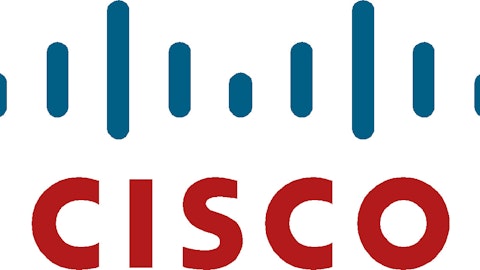
Two Famous Examples Of Industries That Changed
Years ago, touting Xerox Corporation (NYSE:XRX) made a lot of sense. To “Xerox” something became synonymous with making a copy, and according to Peter Lynch’s discussion of the situation, this was seen as a good thing. Xerox theoretically should have been a great investment, as everyone would buy a Xerox copier. The problem was, the industry changed, competition moved in, and today the world is moving toward more digital files instead of paper trails.
In yet another story, the PC industry for years was dominated by Hewlett-Packard Company (NYSE:HPQ). The company made desktops, laptops, servers, printers, and everything else you could think of. However, in similar manner, the industry changed, competition increased, and Hewlett-Packard today is a shell of what it once was. Unfortunately for Pitney Bowes investors, I’m afraid we are seeing a third example emerge of a company being left behind.
There Is A Trend Here And It’s Not Good
I’m sure that current investors are thinking the same thing that I did when I first researched Pitney Bowes. This company’s yield is so high that even if they just do okay, I could really clean up. In February 2012, Pitney Bowes had a yield of over 8%, and analysts were calling for 6.7% growth in earnings over the next few years. I saw a company that was free cash flow positive, expected to grow, and their payout ratio was just 36%. This is not a company to bet against.
By late August 2012, the story began to change. On the one hand, the company was now projecting $750 million to $800 million in free cash flow for the year. However, analysts lowered their EPS growth estimates from 6.7% to 4%.
Pitney Bowes just reported earnings about two weeks ago, and while free cash flow did come in within the range the company gave, a few other things have started to fall apart. First, overall EBIT was down 9% both in the SMB Solutions division and Enterprise Business Solutions division. Second, the company’s net margin has now dropped significantly from last year. For 2011, Pitney Bowes net margin was 12.05%, for most of 2012 this margin dropped to around 9%, and in the current quarter it fell again to 8.57%.
2 Big Problems
The two biggest problems facing Pitney Bowes are their projections of free cash flow in 2013, and the change in what analysts expect in earnings growth. Pitney Bowes is projecting free cash flow for 2013 of between $600 million and $700 million. At best, this represents an almost 9% drop from last year, and at worst it could be a 21.98% drop. This significant decline will push the payout ratio to between 48% and 56%. If the company is off in its projections, this ratio could go even higher.
In an even bigger reversal, analysts have switched from predicting earnings growth to a decline in earnings. Early last year analysts were calling for 6.7% EPS growth, by the middle of the year this growth rate was down to 4%, and today they are calling for a 6% contraction in earnings.
Where Does This Leave Investors?
Honestly, if you look at these three fabled companies, I think Hewlett-Packard has the most promise. All three companies compete directly in the document management and printing industries. Xerox has the lowest yield of the group at 2.14%. Analysts are at least calling for 6.6% EPS growth, and their free cash flow payout ratio is just 14.67%. These numbers aren’t bad, but Xerox’s key market is crowded and the company’s brand doesn’t carry the weight it used to.
This leaves Pitney Bowes versus Hewlett-Packard. Pitney Bowes’ main business is North American mailing, which is slowly fading away. Hewlett-Packard’s main business is PCs, which is also not performing well. The difference is, whereas HP could split the company and thrive, Pitney Bowes couldn’t lose North American mailing and exist. The difference in the two companies’ balance sheets is stark. Hewlett-Packard has almost enough between cash and long-term investments to pay off its long-term debt load. Pitney Bowes would still need about $2 billion to pay off its debt even if it used all of its cash and investments. Though HP’s yield of 3.14% doesn’t look as good as Pitney Bowes over 10% yield, the payout ratios are light years apart. In the current quarter, HP paid just 8.16% of its free cash flow to cover the dividend, Pitney Bowes payout was over 33%.
The bottom line is, Pitney Bowes has one choice, the company either retire debt and push hard to diversify away from North American mailing, or this is going to get ugly in a year or two. While I can say with confidence that HP will be around in a few years, without some major changes, I can’t say the same about Pitney Bowes. That statement alone is enough to make me avoid the company.
The article These 2 Numbers Make This Yield Unsafe originally appeared on Fool.com and is written by Chad Henage.
Copyright © 1995 – 2013 The Motley Fool, LLC. All rights reserved. The Motley Fool has a disclosure policy.





